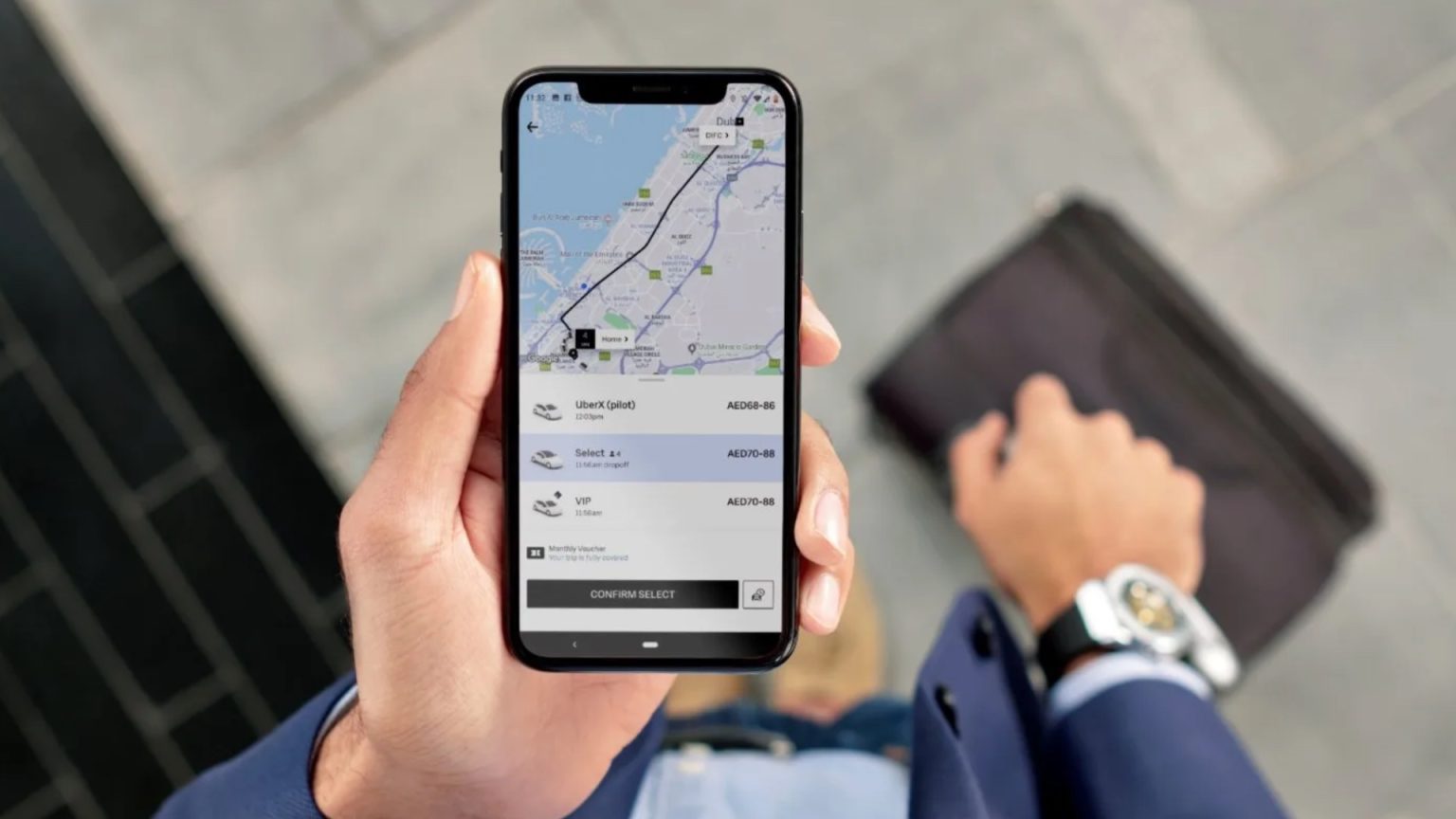Uber plans to introduce full-length video ads on all of its apps, according to the Vice President and General Manager of Advertising at Uber Technologies, Mark Grether (via The Wall Street Journal).
All apps run by Uber Technologies will begin to incorporate video ads, including the main Uber app for taxi rides, food delivery app Uber Eats, and alcohol-oriented Drizly app. According to Grether, video ads will play while users are waiting for their rides and during their journeys, in addition to tablets fitted within select Uber vehicles. On the Uber Eats app, video ads will play from the moment users place their orders to the moment the delivery is completed. On Drizly, video ads will appear in search results and other places on the app and website.
Grether states that Uber plans to introduce its new ads this week, beginning in the US, and later to other European countries and Australia by the year’s end. The ads will have a maximum length of 90 seconds, significantly longer than other mobile video ads. Grether adds that these ads will be muted by default, whereas audio will have to be “manually turned off” for video ads playing on tablets fitted in some Uber vehicles, with tablets installation to incrementally take place across select US cities.

Discover new horizons, always connected with eSIM
Travel the world stress and hassle-free with the best eSIM service available. Enjoy unlimited data, 5G speeds, and global coverage for affordable prices with Holafly. And, enjoy an exclusive 5% discount.
The renewed push for ads is part of Uber’s strategy to grow its revenue, with the company’s advertisers base already growing 80% on a year-over-year basis, adds WSJ. The number of ad buyers in Uber topped 345,000 during Q1 2023, adds Grether, with more than 25% of these buyers belonging to restaurants operating on Uber Eats. The company hopes that video ads help it achieve its goal of $1 billion in total ads revenue by 2024, according to Grether.
The move is sure to spark some privacy concerns, with Uber promising that users’ individual data is not directly shared with advertisers. Uber will keep its users’ data to itself, performing the ad-targeting process on its own. Advertisers will still be able to buy and access some form of users’ data, which Uber says will be provided in an aggregate form to conceal the individual identities of its users. Uber also says that users will be able to disable tracking of sensitive information, such as gender and ride history, but turning off advertising as a whole won’t be possible.



